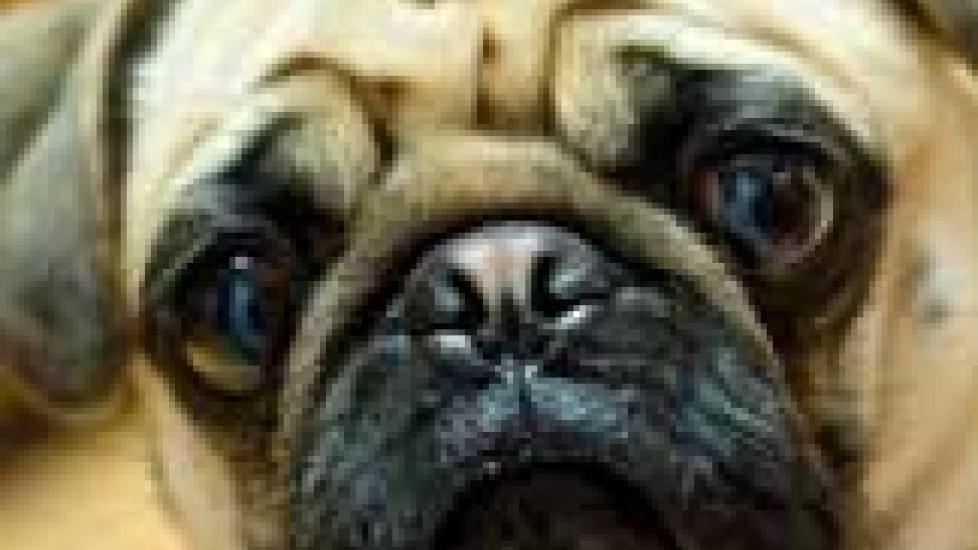What Happens to Food Once It’s Been Eaten?
I’ve been writing this blog about canine nutrition for quite awhile now and just realized that I haven’t talked about a very relevant subject — what the gastrointestinal system does with all that food our dogs eat. I won’t bore you with excruciating anatomical and physiological detail, but a grasp of the basics of how the GI tract works is essential to understanding nutrition. Here are the basics.
The lips, teeth, and tongue are used to grasp food and bring it into and move it around the mouth. When dogs take the time to chew, the teeth (primarily the molars at the back of the mouth) help break food into smaller pieces that are easier to swallow and make chemical digestion more efficient. The food also mixes with saliva while in the mouth. Saliva acts as a lubricant and also contains enzymes that start to break down large molecules.
The esophagus is the muscular tube that runs through the thoracic (chest) cavity and connects the back of the mouth (oropharynx) to the stomach. Nothing much happens to a bolus of food as it is quickly pushed down the length of the esophagus by the wavelike muscular contraction (peristalsis).
The stomach is a storage area but it is also where the heavy lifting of digestions begins. Glands within the wall of the stomach secrete a number of substances (e.g., hydrochloric acid and enzymes) that break down proteins and other nutrients. Also, strong muscular contractions within the stomach mix food and digestive juices together and liquefy the mixture, preparing it for entry into the small intestine.
In the small intestine, nutrients that are still too large to be absorbed are further broken down by enzymes produced by the pancreas, bile from the liver, and other substances. Once nutrients have been digested into their basic molecular forms (e.g., glucose, amino acids, and fatty acids), they are picked up by cells lining the inner surface of the small intestine and moved into the bloodstream. Water and electrolytes are also primarily absorbed within the small intestine. The surface area of the small intestine is greatly increased by the presence of millions of tiny, finger-like projections called villi. Ingesta is pushed through its length by peristaltic waves of muscular contractions within the organ’s wall.
The large intestine or colon is the last opportunity for the body to remove water and electrolytes from what is soon to be excreted from the body. Also, microbes within the large intestine synthesize molecules (e.g., vitamin K) that are essential to their host’s survival. What is left when all this is done (with the addition of dead intestinal cells, bacteria, and mucus) is feces. Feces is pushed into the rectum usually as a result of something called the gastrocolic reflex. This is the stomach’s way of saying to the colon "more is on the way … better make space." The presence of feces in the rectum results in the urge to defecate.
So there you have it. That’s what happens to your dog’s food after he’s enjoyed his meal.

Dr. Jennifer Coates
Image: Belle by Zane Hollingsworth / via Flickr
